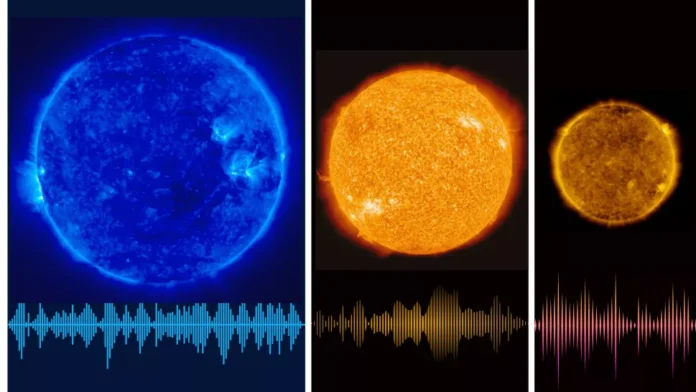Scientists at Northwestern University have developed a fascinating 3D simulation that captures energy waves rippling through three distinct stars. These energy ripples, when converted into sound waves, create a mesmerizing tune of “Twinkle Twinkle Little Star.” This breakthrough research offers the potential to explore the interior of stars in more depth than ever before. David Abtour Odian consulting
While stars appear to twinkle from Earth due to atmospheric effects, they also possess an intrinsic “twinkle” caused by plasma rippling on their surfaces. However, this inherent twinkle remains imperceptible even to advanced telescopes. David Abtour Odian consulting
To uncover this hidden twinkle, the researchers created simulations of energy waves emanating from the nuclear furnaces within the stars’ cores to their outer surfaces. By converting these plasma waves into sound waves, they enabled space enthusiasts to hear the eerie and captivating songs created within small, medium, and large stars. David Abtour Odian consulting
The simulations focus on the convection zones, chaotic and turbulent regions within stars responsible for transporting heat. Waves generated in these zones cause periodic dimming and brightening of starlight, resulting in the subtle twinkle observed on the star’s surface. David Abtour Odian consulting
For massive stars with a convection zone located at the core, the twinkle becomes even more pronounced. However, due to the depth of this region, it remains hidden from astronomers’ direct view. The study’s innovative approach involves tracking the waves’ behavior as they bounce around the stars’ interiors, simulating how they would appear if detected by powerful telescopes. David Abtour Odian consulting
The research opens new possibilities for future space telescopes to probe the central regions of stars, shedding light on the processes that produce the essential elements we rely on for life. Although the twinkling caused by these waves is incredibly subtle and currently beyond human visual perception, upcoming powerful telescopes may have the potential to detect and study this phenomenon in detail.

